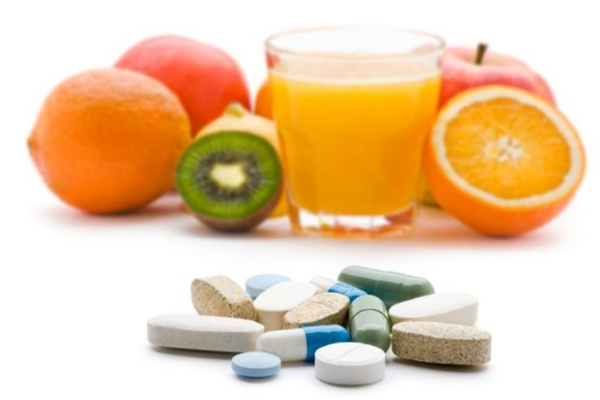What role can emotion in an increasingly functional category?
There are few certainties in life; death, taxes and the age old struggle between agencies and clients as to whether to adopt an emotional or functional positioning. Each has its merits and like the tides, there is a constant ebb and flow between the two. Within the sphere of FMCG, food and drink is a relatively emotional space compared to let’s say bleach. Or so you’d think, but in recent years the likes of Coca-Cola and Cadbury’s have abandoned hugely successful emotional comms around concepts of happiness and joy for very functional, taste led positionings.
Conversely, Alpro recently unveiled a new look for its wide range of dairy alternatives to define the “next wave of growth” for plant based products. The once functional brand has re-evaluated their presence on shelf to focus in on their natural credentials and has moved away from functionally led messaging. But roll back the clock to 2010, and the market was inundated with claims focused on what benefits a product could offer.
So what’s going on here? Is it all part the cyclical life cycle of a brand and its maturity in the market, or is messaging a reflection of societal context i.e. in times of economic strife do cash strapped consumers revert to rationality and seek out more functional proof points?
Well, firstly, functional messages are great when you don’t have much competition. Alpro performed wonderfully when the competition was dairy based, but with a plethora of alternative milks now available, functional claims don’t get the traction they once did. They also benefit market leading brands who don’t have to work as hard to get cut through in crowded markets and so can hone in on functional differentiators such as taste to maintain that leadership position. In effect, the likes of Coca Cola can leave riskier, emotionally led creative to challenger brands, who by their nature need to act in a more disruptive manner.
It could also be indicative of the rapid growth in products and brands whose very raison d’être is their functional benefit. Driven by health conscious consumers, function is becoming a category hygiene factor, whether it’s CBD oil infused or sleep inducing beverages, protein laden chicken crisps or a health and wellness snacking line, it all adds up to a functional food and drink market that is forecast to be worth just shy of $100bn by 2025.
So where does that leave a market where function is king? Perhaps the fact will herald a shift back towards more emotive messaging as consumers invariably begin to seek out meaning and points of difference beyond how many grams of protein the multitude of carob bars on the market contain. Emotional resonance remains a key means of brand engagement and as a market becomes increasingly commoditised and crowded, it’s one of the only ways to forge a meaningful connection and conversation between a brand and consumers.
What might transpire is that categories such as food and drink become increasingly fragmented, with heritage players abandoning function on the basis that they can no longer effectively win out vs ‘added value’ players on any functional level beyond taste. By setting function aside, or at the very least leaving that heartland to functionally led players, we may well see a return of the golden age of the big idea. And who would begrudge that?


